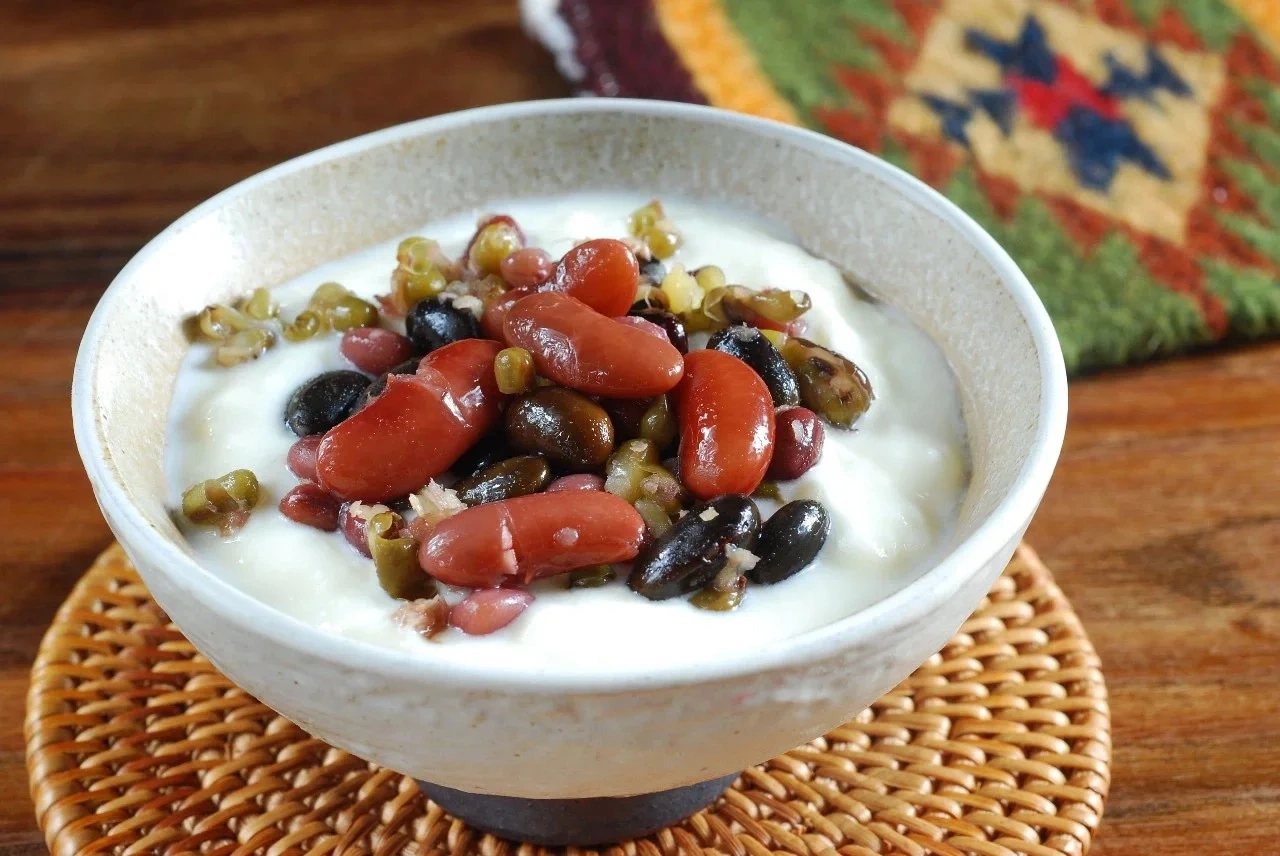The Art of Handcrafted Yak Yogurt from Litang, Ganzi, Sichuan
Introduction:
As a culinary connoisseur, I am always on the quest for unique and authentic flavors that reflect the rich tapestry of regional cuisine. Today, I take you to the high altitudes of Litang in Ganzi, Sichuan, where the traditional art of making yak yogurt is a testament to the culinary heritage of the Tibetan Plateau. This handcrafted delicacy, known for its tangy and rich flavor, offers a gastronomic experience that is both distinctive and deeply rooted in the local culture.
Origin and Cultural Background:
Yak yogurt, or “dzo” as it is locally known, has been a staple in the diet of the Tibetan people for centuries. The harsh, cold climate of the plateau necessitated the development of food that could be preserved and consumed throughout the year. Yaks, being the hardy animals they are, thrive in these conditions, and their milk has been a valuable resource for the nomadic communities. The tradition of making yogurt from yak milk has been passed down through generations, each bringing their own unique touch to the fermentation process.
Ingredients and Preparation:
The primary ingredient in Litang yak yogurt is the milk from the yak itself, which is rich in fat and protein. The milk is first heated to a specific temperature to kill any bacteria that might spoil the yogurt. Then, it is cooled and mixed with a starter culture, which is traditionally made from the previous batch of yogurt. This starter culture is crucial as it contains the live bacteria needed for fermentation. The mixture is then left to ferment in a controlled environment for several hours, allowing the bacteria to multiply and produce lactic acid, which gives the yogurt its characteristic tangy flavor.
Taste and Texture:
The result of this artisanal process is a yogurt with a complex flavor profile. It is tangy from the fermentation but also has a natural sweetness that comes from the milk’s sugar content. The texture is creamy and slightly thicker than cow’s milk yogurt, with a consistency that is both velvety and rich. Each spoonful delivers a depth of flavor that is both satisfying and invigorating.
Visual Description:
Visually, Litang yak yogurt is a beautiful sight. It has a creamy white color that is almost opalescent, with a smooth and even texture. When served, it often comes in traditional Tibetan bowls, adding to the cultural significance of the dish. The yogurt’s surface may have a slight sheen from the natural oils in the milk, giving it a subtle glow.
Representative Dishes and Culinary Uses:
Litang yak yogurt is not just a standalone dish but also a versatile ingredient in various Tibetan cuisines. It can be enjoyed plain with a drizzle of honey or a sprinkle of crushed nuts. It is also a key component in many traditional dishes such as “tsampa,” a roasted barley flour mixed with butter tea and yogurt. Additionally, it can be used in desserts like “butter tea yogurt cake,” which is a dense, moist cake that is both sweet and tangy.
Culinary Characteristics:
The culinary characteristics of Litang yak yogurt are its手工发酵 process, which lends it a depth of flavor that is unmatched by commercially produced yogurts. The yogurt’s tanginess is balanced by its natural sweetness, making it a versatile ingredient that can be used in both savory and sweet dishes. Its creamy texture adds richness to any recipe it is incorporated into, and its unique flavor profile makes it a sought-after delicacy among food enthusiasts and culinary adventurers alike.
In conclusion, Litang yak yogurt is more than just a food; it is a cultural artifact that carries the history and traditions of the Tibetan people. Its unique flavor and texture make it a must-try for anyone interested in exploring the diverse tastes of Sichuan and the Tibetan Plateau.
